How does a dishwasher
The majority of manufacturers of dishwasher device (PMM) as built-in type, and the usual, the list of parts and components is no different. The difference may be in additional functions and options, the addition of which manufacturers are trying to attract a buyer.
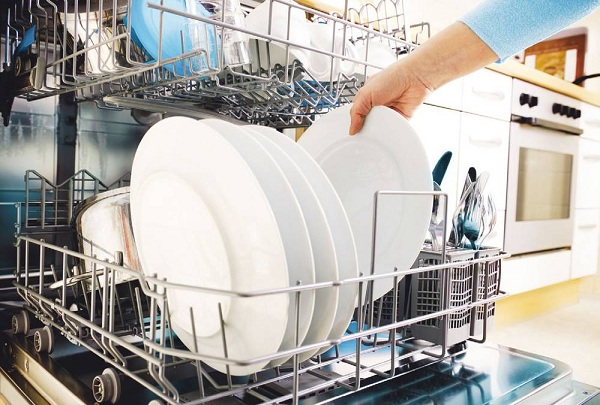
Basic construction details
If you look inside the PMM, removing the case, you can see the following:
- the circulation pump (12), it is also called the “heart” of the PMM - it supplies fluid to the rockers (sprinklers);
- flow type water heater (20) - heats the water installed in the main pump casing;
- drainage pump (8) provides pumping water after washing dishes;
- the inlet hose (21) is designed to allow water to enter the tank of the machine and has a leakage protection device;
- drain hose with connections (6) - for draining the waste liquid into the sewer system;
- pressostat (7) - this sensor measures the pressure level in the PMM, and accordingly, the water level;
- the coarse filter, which is located at the inlet of the filler hose, protects the PMM from rust and other contaminants from the water mains;
- an ion exchanger is a container with a special resin that is designed to soften water;
- control module (11), the “brain” of the PMM, which controls all the modules of the device;
- connecting hoses, electrical wiring, various clamps;
- insulation;
- water collector.
If you look from the side of the tank, how is the PMM, then you can see the following details:
- stainless steel tank body;
- upper and lower rocker arms (3) (sprinklers);
- baskets (1) for loading cutlery and dishes;
- a block of 2 filters (5) consisting of a glass with a fine mesh, which is located at the bottom of the unit and the second, located above the glass, also from a fine mesh;
- section for sleeping salt (19);
- containers for detergents (16; 14), placed on the door;
- sealing gum around the perimeter of the tank (18).
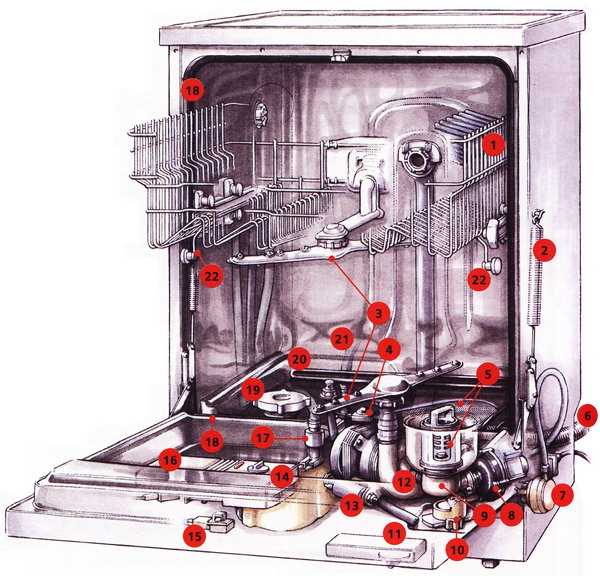

Additional functional elements
The above listed and shown in the diagram the details of the dishwasher are standard for this class of home appliances. But each manufacturer seeks to improve its equipment, complementing it with new functions by installing elements.
- Additional heating element and fan. Apply to turbosushkiin which the contents of the dishwasher very quickly becomes dry. For example, such an addition is inherent in the Ariston LST 216 A and Ariston LSF 712 models, but there are no turbo-dryers in the Bosch dishwasher.
- Sensor to determine water purity. This sensor helps the dishwasher to automatically select a program for washing dishes (the amount of detergent and water, temperature).
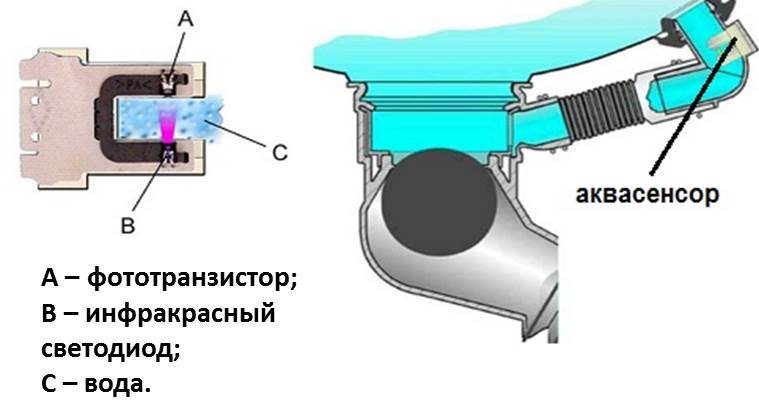
- Presence sensors rinse and saltare installed in the vast majority of models.
- Sensor Dry is drying sensormeasuring the ambient temperature, relative to which the MMP will determine the method of drying dishes. This sensor is installed in expensive models of dishwashers, such as the Miele G4263Vi.
- Capacity with zeolite mineral improves the drying process. This mineral, in addition to absorbing moisture, is capable of generating dry heat.This technology can be observed in models of PMM brands Bosch and Neff.
- Sensor to determine water hardness. In accordance with the performance of this sensor, the unit selects the desired program for washing dishes. It can be observed only in very expensive models of units.
- “Beam on the floor”, Red or green, depending on what stage the program is in, is present in all modern washers. In the Bosch dishwasher, as well as Siemens, this indication can show the remaining time and the progress of the program.
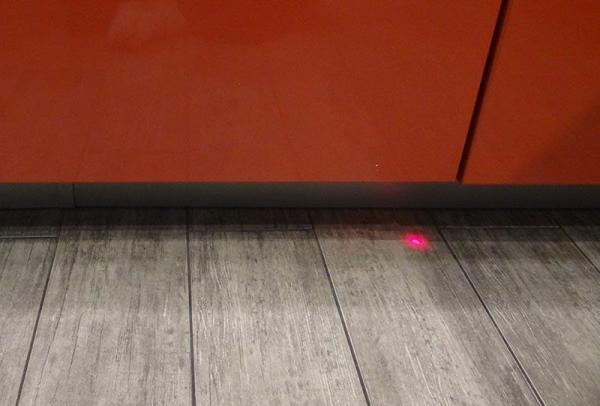
- Special yoke for washing trays and the holder for glasses is present in some models, but more often it is bought separately.
In addition to the above, PMM can still be divided by size (large, small, narrow), rocker material and their number, different device baskets. Most dishwashers can be built into kitchen furniture. In Bosch cars, baskets can be rearranged in height, in other models they can have folding elements. Also, the difference may be in the software stuffing itself.
About the features of each model can be found in the instructions that come with the unit.It shows the installation diagram and wiring diagram of the device.
Dishwasher operation
Now consider how all of the above elements and nodes interact with each other.
After loading the dishes into the basket, closing the door and selecting the washing program, the unit will start to pick up cold (if there is no connection to hot) or hot water. It is dialed through a filling hose and an automatic valve. Next, the fluid passes through ion exchanger, in which it is softened (due to resin and sodium ions), after which it is poured into the sump, located at the bottom of the dishwasher.
After filling the sump to a certain level, the pressure switch sends a signal to close the valve, after which the flow of fluid stops. Now the work is included a heating element and heats the water to the programmed temperature. As soon as the required temperature has reached, the circulation pump is activated. He begins to pressurize the water into rotating sprinklers (rocker arms).
When choosing a dishwasher, you should pay attention to the shape of the sprinklers and the number of holes in them: the greater the number of nozzles, the better the washing process.Well, if they are located at different angles, then water jets can get into all parts of the chamber.
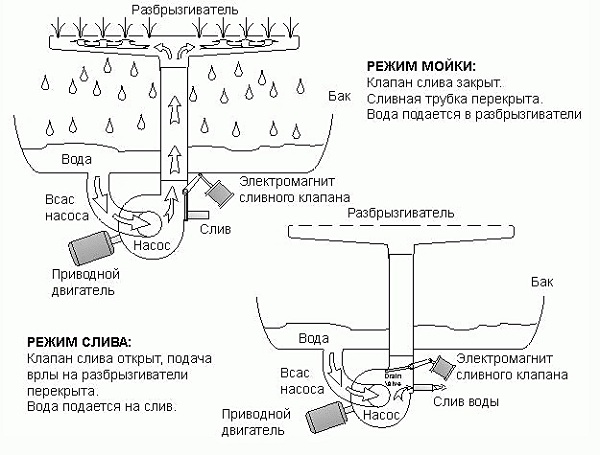
Water entering the tank flows down the walls, passes through the filter into the sump and is reused. During this circulation process the liquid is filled with detergents, passing through the compartment for them, and is again pumped into the sprinklers. After a certain program time, the first stage of dishwashing ends and the pumping out of the waste water begins. After completion of pumping, clean water begins to accumulate and starts cold rinse cycle.
The second and last rinse cycle will take place already. warm water with the addition of rinse. When the process is over, the machine will drain the waste liquid, and with the plates heated with water, moisture will evaporate naturally (this type of drying is called - condensation, and is used in low-cost models). Or included turbo dryerin which hot air is blown by the fans.
Upon completion of the dishwashing process, which can last from 30 to 180 minutes, a beep will be heard. The process time depends on the selected program and its execution mode.
Now you have an initial idea of this useful household unit. Understanding of the principle of operation and minimal knowledge of the device allows us to better maintain and maintain the dishwasher, which in turn extends the “life” of the appliance.

/rating_on.png)
/rating_off.png)











